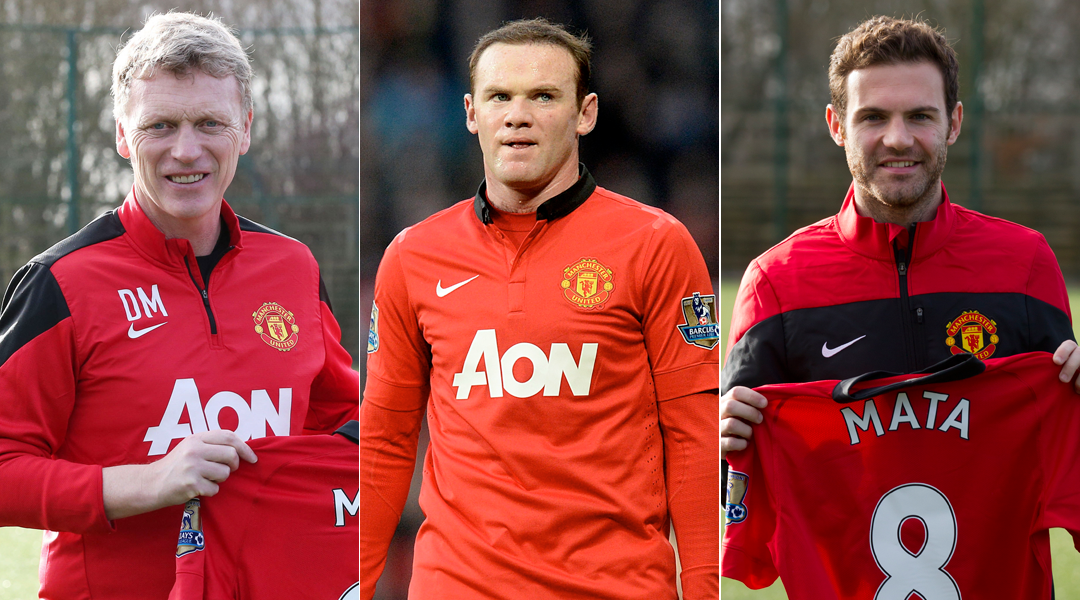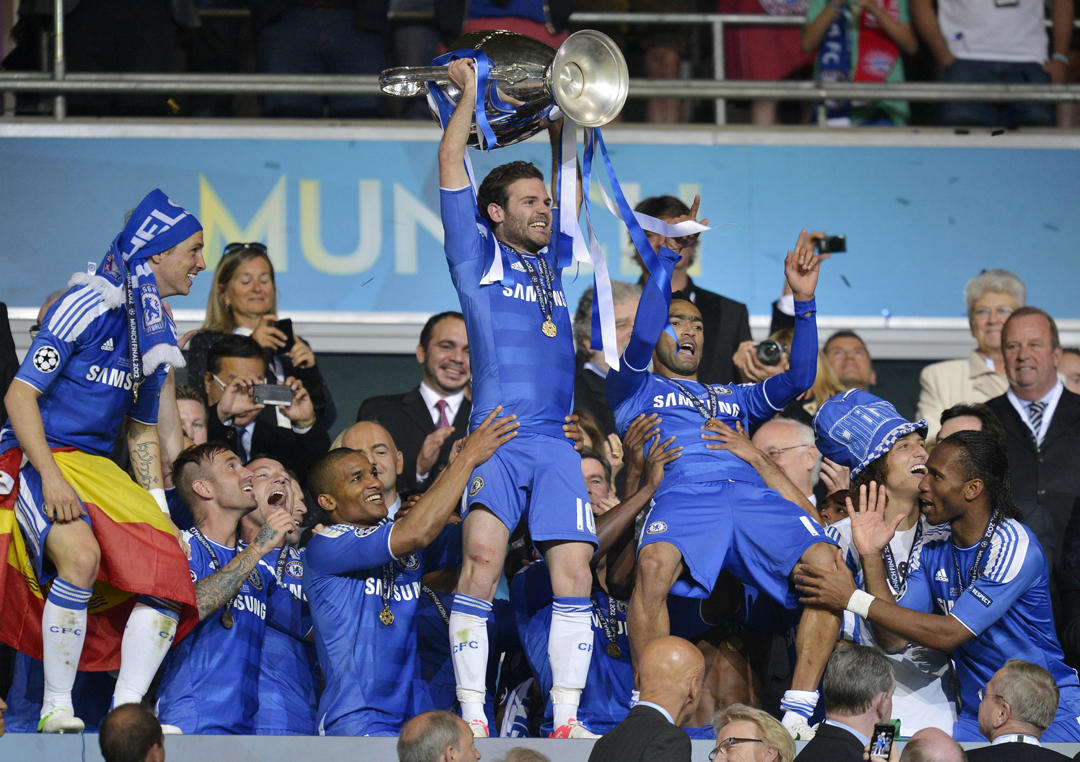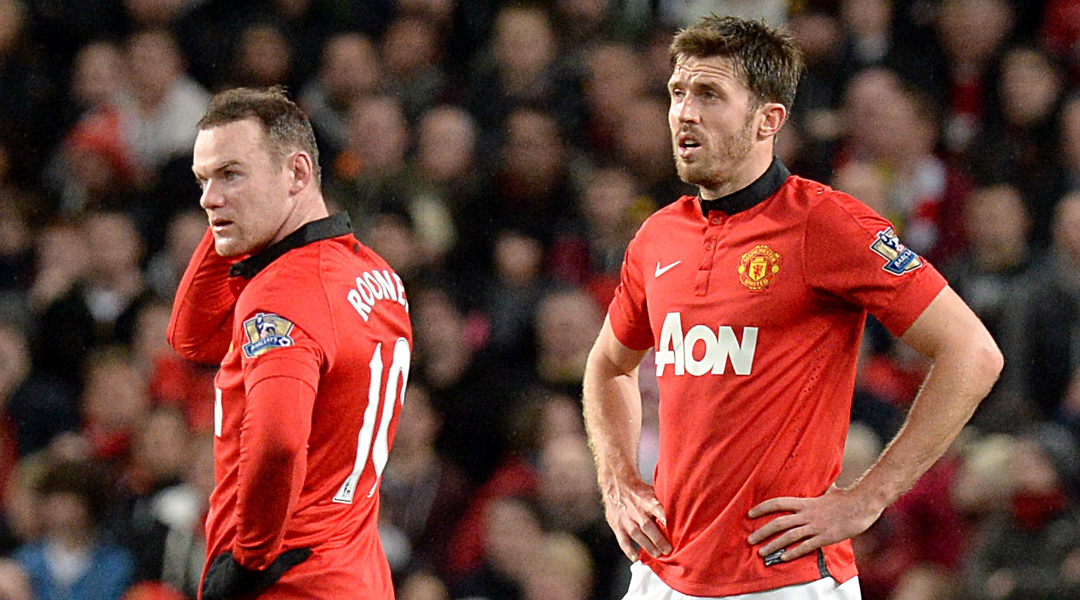What Mata's arrival means to Rooney's role in Manchester United's future
How the Spanish signing might change the Scouser's destiny...

For the second successive season, Wayne Rooney has watched on as a player of comparable quality has arrived to lay claim to one of his favoured positions.
Last year it was Robin van Persie who stole the spotlight, turning the forward’s one-man show into a double act. Now the £37.1 million arrival of Juan Mata confirms—along with the emergence of Adnan Januzaj—that David Moyes’ strongest XI has become an ensemble cast.
It seems that Rooney's concern with the level of ambition shown by the club has now been allayed by the signing of Mata, along with a new deal for the England international reported to be worth around £300,000 per week.
Yet if Rooney were still to run his current contract down – or re-sign and later attract a huge bid from a cash-rich suitor abroad – United now have a genuine top-class replacement in the ranks. Like Van Persie last season, the Spaniard can help break the reliance on Rooney.
Get FourFourTwo Newsletter
The best features, fun and footballing quizzes, straight to your inbox every week.
During his two-and-a-half year stint at Chelsea, Mata proved himself to be one of the league’s finest big-game players, driving the Blues to numerous comebacks and trophy wins. It was he who recorded assists in each of their victorious FA Cup, Champions League and Europa League finals. With 33 goals and 58 assists in 135 appearances, he is currently second only to David Silva in terms of chances created since August 2011, when he joined Chelsea from Valencia.

Leading by example throughout the changing regimes of Andre Villas-Boas, Roberto Di Matteo and Rafael Benitez, Mata was named Chelsea's Player of the Year in 2011/12 and 2012/13. Clearly a well-respected figure at Stamford Bridge, he was also named the Players' Player of the Year last season.
Those looking for reasons why Jose Mourinho has played him less often this season have suggested that Mata is defensively lazy. But while he may not match up to Rooney’s industry – few forward players do – the Spaniard does track back and work hard for others. It could even be argued that his superior touch and level of control in tight spaces makes him a better retainer and user of the ball in the final third, lessening the need to win it back so aggressively.
Yet as a link player, he does regularly drop back to offer his teammates covering runs and extra passing options, which will be vital to ensuring United cope against reinforced midfields. Even during sub-par performances, Rooney helps the team maintain its intensity and Mata can provide a similar service to Michael Carrick & Co.
United fans will also already be well aware of his proficiency at free-kicks – another department in which he can match the England striker. At just 25, he is also two and a half years younger than the Englishman and yet to reach his peak.
However, buying Mata doesn’t mean that Rooney should be sold: it merely gives the club options. Given the nature of the current transfer market, with newly moneyed clubs making expensive status signings, a major contract extension would increase Rooney's resale value.
Main man in the middle
Some analysts insist that Rooney shouldn't be a forward. Arguably the most talented English player of his generation, the forward has too much to his game to limit himself as a pure No.9, while his bustling style of play means that he isn’t a natural fit for the preened role of a No.10 either.
As he drops deep, bursts forward and shells opponents from range with his mortar-like long passes, he often better resembles something approaching a throwback to the box-to-box midfielders of old, repositioned slightly further forward by the modern game.
Mata is a more refined and tidy player who revelled in his role behind the main striker at Chelsea. Should he take up a similar position at United, behind a fit-again Van Persie, Rooney would be at something of a loose end.
Shifting Rooney deeper is a controversial idea, not least for the player himself. Having previously reacted positively about playing a deeper role, it seemed that some of his discontent during last summer's exit rumours came from being played "out of position". It’s possible however that the complaint was generated as an extra piece of circumstantial evidence as his feud with Ferguson developed.

Redeploying him in midfield would help the team's shape. In order to accommodate Mata, Van Persie and Januzaj in their best positions, the team’s lack of genuine width and pace would necessitate playing Danny Welbeck, Antonio Valencia or another fast, wide option.
Sitting further back would also maximise Rooney's long passing and get the best out of the squad’s attacking midfielders. Their penchant for one-twos have long suffered due to the lack of a convincing goal threat and forward runs from deep. By following in the footsteps of Brian McClair, Paul Scholes and Ryan Giggs – United players who crept back as they entered their thirties—he could become the assertive, dynamic midfield presence the club has lacked for so long.
Moyes called Mata the “first of many” signings that will shape his “new Manchester United”. Rooney’s reaction to his billing as part of a fresh attacking quartet could yet define this next era whether he decides to stay, leave or adapt.
